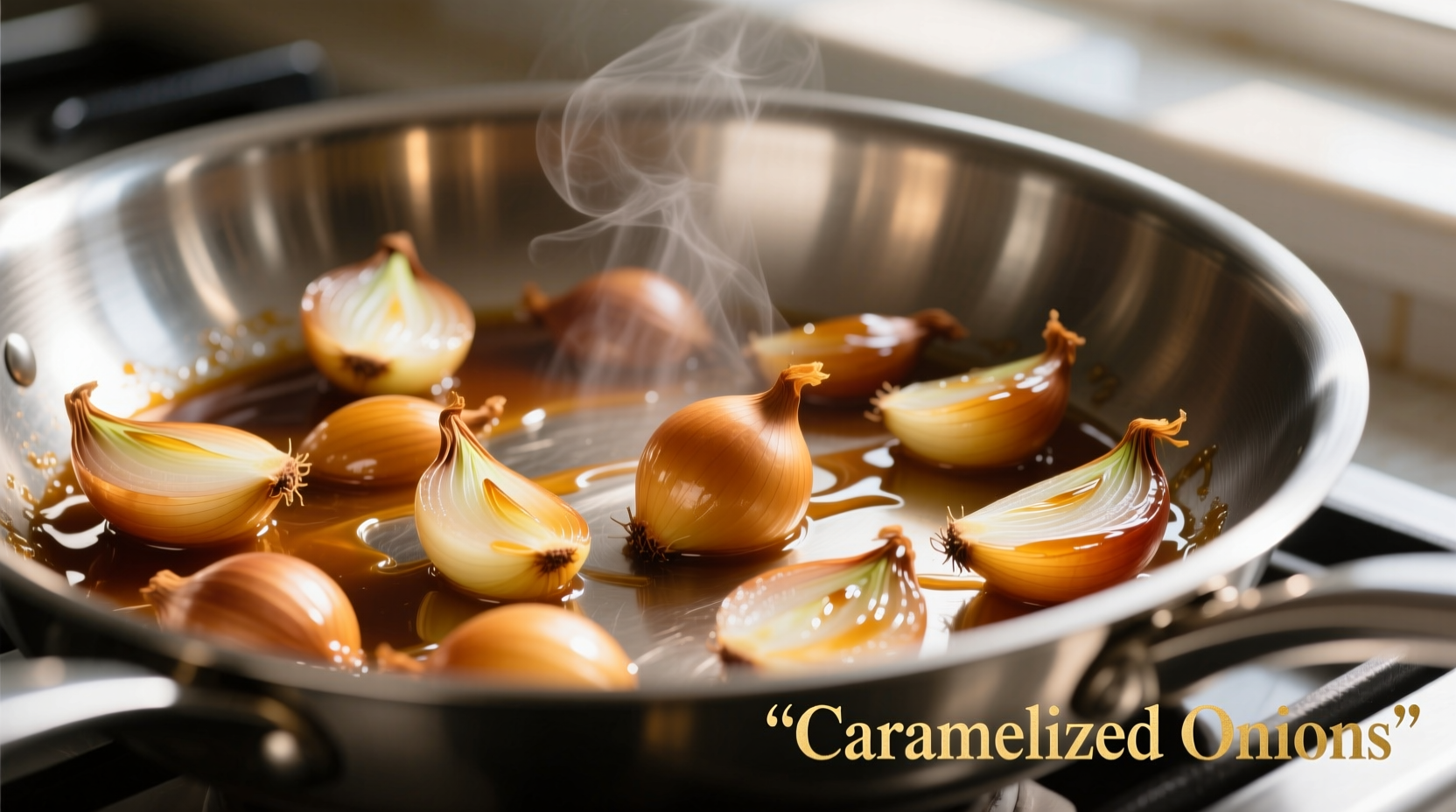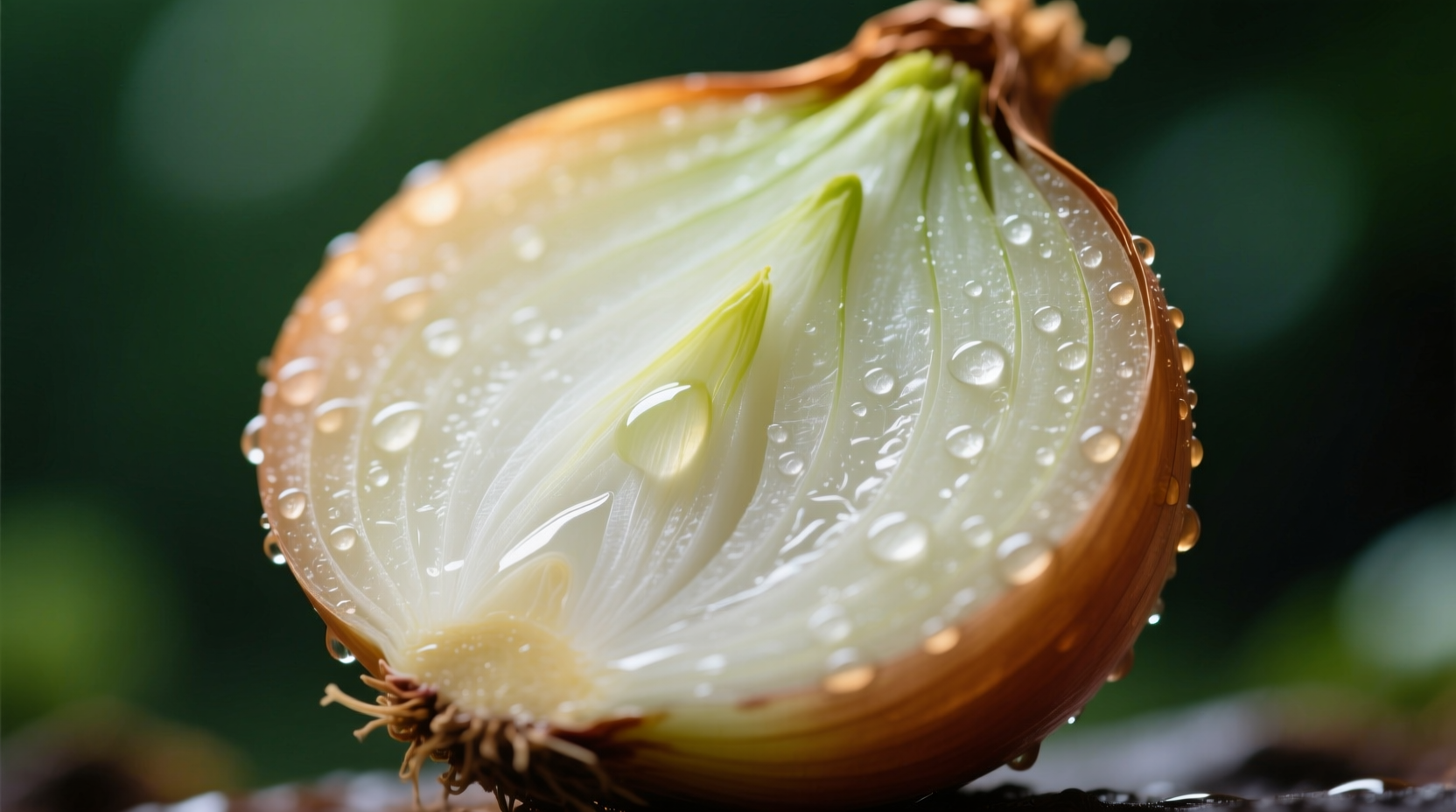Understanding the pH of onions isn't just for food scientists—it directly impacts your cooking results, preservation success, and flavor balance. Whether you're pickling red onions for tacos, caramelizing yellow onions for French onion soup, or storing sweet onions for winter recipes, knowing how acidity influences these processes gives you greater control in the kitchen.
What pH Means for Your Cooking
pH measures how acidic or alkaline a substance is on a scale from 0 (highly acidic) to 14 (highly alkaline), with 7 being neutral. Most vegetables fall in the slightly acidic range, and onions follow this pattern. This natural acidity plays a crucial role in several culinary processes:
- Enzymatic browning reactions that create complex flavors during caramelization
- Preservation effectiveness when pickling or canning
- Flavor balance when pairing with other ingredients
- Texture changes during cooking
Onion pH Across Varieties
Not all onions share the same pH level. Different varieties exhibit slight variations that affect their culinary behavior:
| Onion Variety | Typical pH Range | Culinary Implications |
|---|---|---|
| Yellow Onions | 5.3-5.8 | Ideal for caramelization; balanced acidity for most cooking applications |
| Red Onions | 5.2-5.6 | Slightly more acidic; holds color better in acidic preparations |
| Sweet Onions (Vidalia, Walla Walla) | 5.5-5.8 | Less acidic; milder flavor but less shelf-stable |
| Shallots | 5.4-5.7 | Delicate acidity; excellent for vinaigrettes and reductions |
This data comes from multiple agricultural studies including research published by the USDA National Nutrient Database and university extension programs. The slight variations in pH between onion varieties directly impact how they behave in different cooking applications.
How Onion Acidity Changes Over Time
Onion pH isn't static—it evolves during storage and preparation. Understanding this timeline helps optimize your cooking results:
- Freshly harvested: Onions typically measure at the higher end of their pH range (less acidic)
- After curing (2-4 weeks): pH decreases slightly as sugars concentrate
- During storage (2-6 months): pH gradually increases as enzymatic activity slows
- When cut: Immediate pH drop occurs due to enzymatic reactions
- During cooking: Initial pH drop followed by stabilization as sugars caramelize
According to research from Cornell University's Food Science Department, the enzymatic reaction that creates that characteristic onion flavor also temporarily lowers pH when onions are cut. This explains why freshly cut onions taste sharper than cooked onions.
Practical Applications of Onion pH Knowledge
Understanding onion acidity gives you practical advantages in the kitchen:
Perfect Pickling Every Time
For safe and flavorful pickled onions, the natural pH of onions (5.3-5.8) needs additional acid to reach the safe pH of 4.6 or lower required for shelf-stable canning. This explains why vinegar (pH 2.4-3.4) is essential in pickling recipes—it lowers the overall pH to prevent bacterial growth. When making quick refrigerator pickles, you can adjust vinegar ratios based on the onion variety's starting pH.
Mastering Caramelization
The slightly acidic nature of onions affects the Maillard reaction during caramelization. As Antonio Rodriguez explains from his professional kitchen experience: "The natural acidity in onions initially slows browning, which is why patience pays off. As water evaporates and sugars concentrate, the pH stabilizes, allowing those beautiful complex flavors to develop. Adding a tiny pinch of baking soda (which raises pH) can speed caramelization, but use sparingly—it changes the flavor profile."

Optimizing Storage Conditions
Onions stored in cool, dark, dry conditions maintain their optimal pH longer. Research from the University of California's Agriculture and Natural Resources department shows that humidity above 60% can cause pH fluctuations that accelerate spoilage. This is particularly important for sweet onions, which have a higher starting pH and are more perishable.
Measuring Onion pH at Home
You don't need a laboratory to get approximate pH readings. Here's how to test onion acidity with basic kitchen tools:
- Cut a small sample of onion and finely chop
- Place in a clean bowl and cover with distilled water
- Let sit for 15 minutes, then strain
- Use pH test strips (available at aquarium or pool supply stores)
- Compare color to the chart provided with the strips
For more accurate results, digital pH meters designed for food testing provide precise readings. While professional models can be expensive, basic food-safe meters are increasingly affordable for home cooks who want scientific precision in their kitchen experiments.
Onion pH and Health Considerations
The slightly acidic nature of onions contributes to their health benefits. Research published in the Journal of Food Science shows that the pH environment in onions helps preserve beneficial compounds like quercetin. This flavonoid remains more stable in the slightly acidic onion matrix than in more neutral environments. However, the acidity level doesn't significantly affect digestibility for most people—onions remain challenging to digest primarily due to their fructan content, not their pH.
Common Questions About Onion Acidity
Understanding onion pH helps solve everyday cooking challenges. Whether you're troubleshooting pickling failures, perfecting caramelization, or optimizing storage, this knowledge puts you in control of your culinary results.











 浙公网安备
33010002000092号
浙公网安备
33010002000092号 浙B2-20120091-4
浙B2-20120091-4